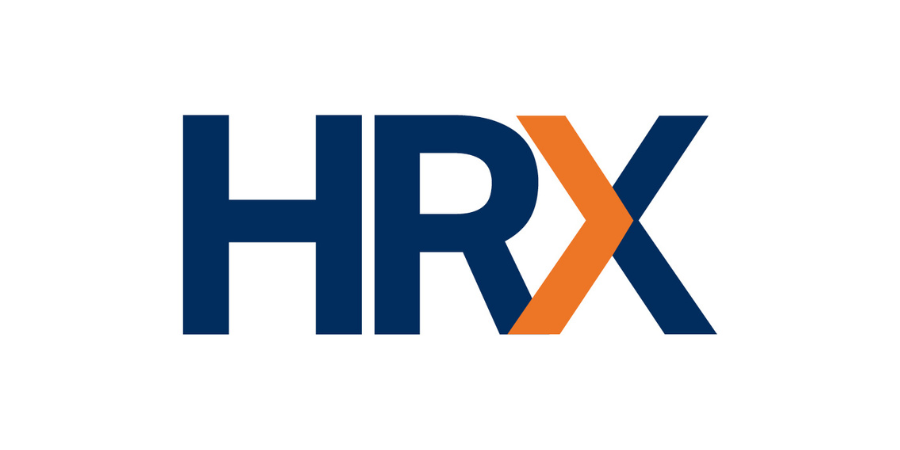Implementing the New Title IX Regulations
New Title IX regulations, effective August 14, 2020, focus on a school’s response to allegations of sexual harassment and added specific due process procedures.
Title IX is a federal civil rights law passed as part of the Education Amendments of 1972. It specifically prohibits discrimination “on the basis of sex” in education programs or activities that receive federal assistance. The regulations apply to elementary and secondary schools and post-secondary institutions. Title IX applies to the entire entity, not just specific programs or activities that are federally funded, and applies to all programs and activities, on and off campus.
Title IX Teams
In the past, oversight for Title IX compliance was the responsibility of one coordinator. The new regulations require a team with a minimum of four individuals with distinct roles to implement processes. The team and associated roles include the following:
- Title IX coordinator: coordinates the compliance efforts for the education entity
- Investigator: investigates the formal complaint; may also serve as Title IX coordinator
- Facilitator: oversees the informal resolution process of a complaint if both parties agree to this process
- Decision-maker: makes a determination after the investigation is completed
- Appellate decision-maker: makes a determination upon an appeal
The facilitator, decision-maker, and appellate decision-maker don’t have to be employees of the entity, but they must be three different individuals. Additionally, they cannot be the Title IX coordinator or investigator. Small entities will want to keep this in mind as neighboring entities may be able to help each other with these roles. Some entities may choose to contract these services.
New Definitions
Included in the new regulations are these key terms:
- The complainant is any individual who is alleged to be the victim of conduct that could constitute sexual harassment, as defined by Title IX.
- The respondent is an individual who has been reported to be the perpetrator of conduct that could constitute sexual harassment, as defined by Title IX.
Notice Requirements
The Title IX coordinator contact information must be prominently posted on the district website as well as in any handbooks or catalogs. Contact information must include the Title IX coordinator’s name or title, office address, email, and phone number. Notification must be provided to employees, students, parents or legal guardians of student, and applicants for admission and employment.
Notice on processes for reporting misconduct also must be posted. The notice must specify that any person can report sex discrimination, including sexual harassment, in person and by mail, telephone, email, or any other means, at any time, that results in the Title IX Coordinator receiving the person’s verbal or written report.
Definitions
The regulations define sexual harassment as conduct on the basis of sex that satisfies one or more of the following:
- An employee conditioning an aid, benefit, or service of the district on an individual’s participation in unwelcome sexual conduct (i.e., quid pro quo)
- Unwelcome conduct determined by a reasonable person to be so severe, pervasive, and objectively offensive that it effectively denies a person equal access to the district’s education program or activity (i.e., hostile environment)
- Sexual assault, dating violence, domestic violence, or stalking, as these terms are defined in federal law
The new regulations expand the definition of “actual knowledge” as applied to K–12 school districts. The new standard is if any school employee of the district has notice of sexual harassment or allegations of sexual harassment, then the district has “actual knowledge” and legal responsibilities begin.
The Department of Education explains the reason for this standard is that children, especially young children, do not differentiate between school employees. To a child, an adult is an adult. This shows the need for urgent training of all staff on reporting requirements.
Additionally, notice to the Title IX coordinator or to an official with authority to provide corrective measures presents a school with actual knowledge and triggers the obligation to respond.
Formal Complaints
A document filed by a complainant or signed by the Title IX coordinator alleging sexual harassment against a respondent and requesting the district investigate constitutes a formal complaint. At the time of the filing, the complainant must be participating or attempting to participate in the entity’s programs or activities.
Any person may report sexual harassment whether or not the person reporting is the alleged victim of the misconduct, but a third-party reporter cannot file a formal complaint.
Response
Entities must promptly respond in a manner that is “not deliberately indifferent” when they have actual knowledge of sexual harassment. The Title IX coordinator is expected to communicate with all parties and provide notices throughout the process.
A major focus of the new regulations is to ensure equitable treatment of the complainant and of the respondent. Equitable treatment includes providing supportive measures to the complainant. It also includes following the formal complaint process before any discipline sanctions are imposed on a respondent. In essence, the new regulations require a everyone to be treated in an unbiased manner throughout the process.
Examples of supportive measures are:
- Counseling
- Added supervision
- Modifications of work or class schedules
- Restrictions on contact between the parties
- Changes in work or class locations
- Leave of absence
- Increased security and monitoring of certain areas of the campus
Under certain circumstances, a student may be removed during the formal complaint process. The entity also maintains the authority to place an employee on administrative leave.
Investigations and Hearings
Burden of proof and gathering evidence sufficient to reach a determination regarding responsibility rests on the entity. All parties must be given the opportunity to present facts, witnesses, and other evidence. The investigator must allow at least 10 business days for all parties to respond to evidence and to respond to results of the investigation.
While colleges are required to hold live hearings, hearings are optional for K–12 school districts during the formal complaint process. However, after the investigation the decision-maker must allow exchange of written questions, provide each party with the answers, and allow for additional limited follow-up questions from each party before reaching a final decision. A written determination must be sent simultaneously to all parties.
Informal Resolutions and Appeals
The entity can choose to offer and facilitate an informal resolution of a formal complaint so long as both parties give voluntary, informed, written consent. The facilitator of the informal resolution process must be well trained and unbiased. An informal resolution process may not be offered if an employee allegedly sexually harasses a student.
Both parties must be offered the opportunity to appeal if a formal complaint is dismissed or after a determination is made. If an appeal is requested, an appellate decision-maker is required. As noted above, this person cannot also be the decision-maker, the facilitator, the investigator, or the Title IX coordinator.
Recordkeeping
All documentation from sexual harassment investigations along with training materials must be maintained for seven years. Additionally, all materials used to train the Title IX coordinators, investigators, decision-makers, appellate decision-makers, and informal resolution process facilitators must be posted on the district website.
Action Plan
It is important to take the following actions when updating your Title IX plan:
- Revise Title IX policies (see TASB Policy Service district Update 115 or college Update 39)
- Post the Title IX coordinator contact information
- Provide notices of policies
- Identify the Title IX team and ensure they are well trained and unbiased
- Train all employees to report any concerns immediately to the Title IX coordinator (K–12 school districts)
- Post Title IX training materials on the website
Resources
Additional information for community colleges is available in the TASB College eLaw resource Incorporating the Title IX Regulations into Policy. Districts can contact TASB Legal Services with questions.

Cheryl Hoover
Cheryl Hoover joined HR Services in 2018. She assists with staffing and HR reviews, training, and other HR projects. During Hoover’s public school career, she served as an executive director of curriculum and principal leadership, executive director of human resources, principal, assistant principal, teacher, and coach.
Hoover earned her bachelor’s degree from The University of Texas at Austin and obtained her master’s degree from Texas State University. She is a certified PHR.
HR Services

Subscribe to HRX
Stay up to date with all the latest HR news and trends by joining the HRX mailing list!



